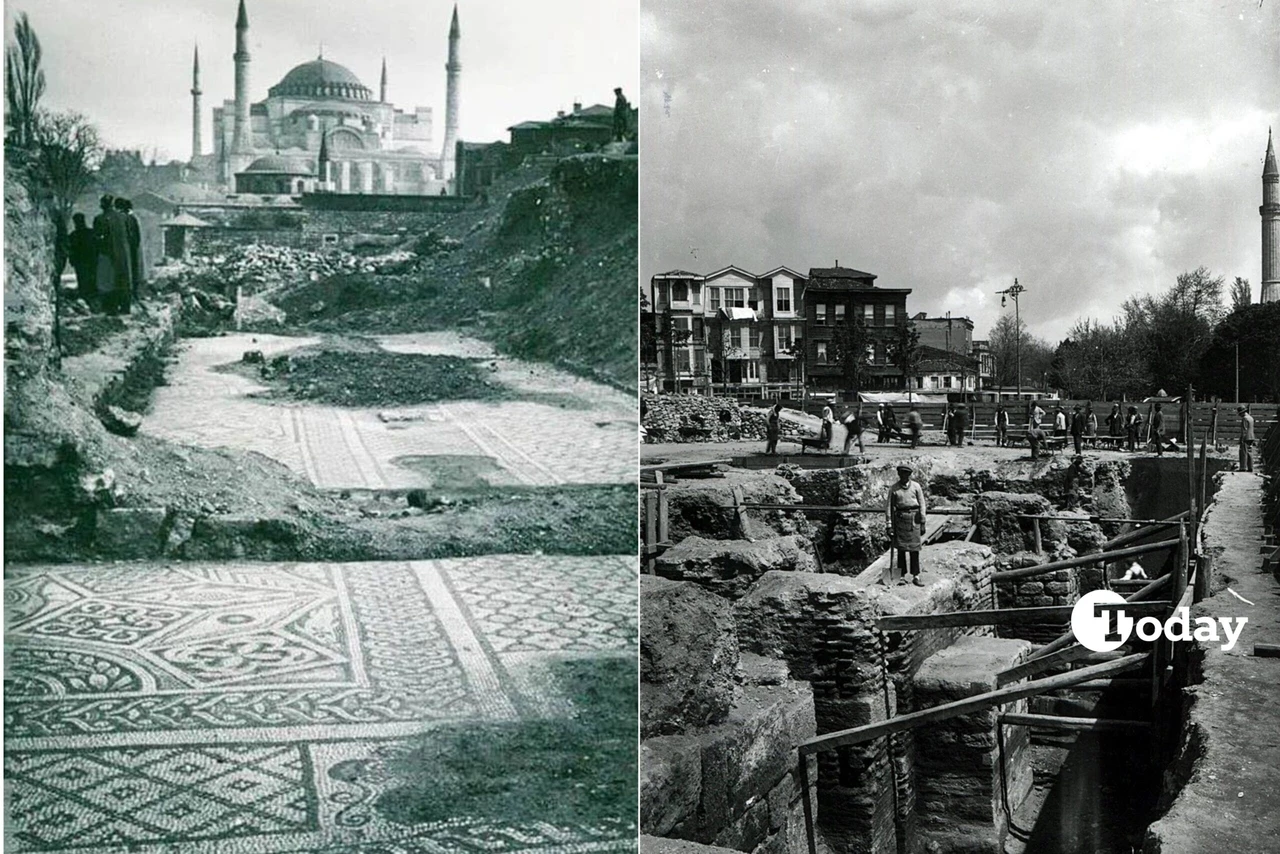Unveiling Kars: A journey through history, culture and natural wonder
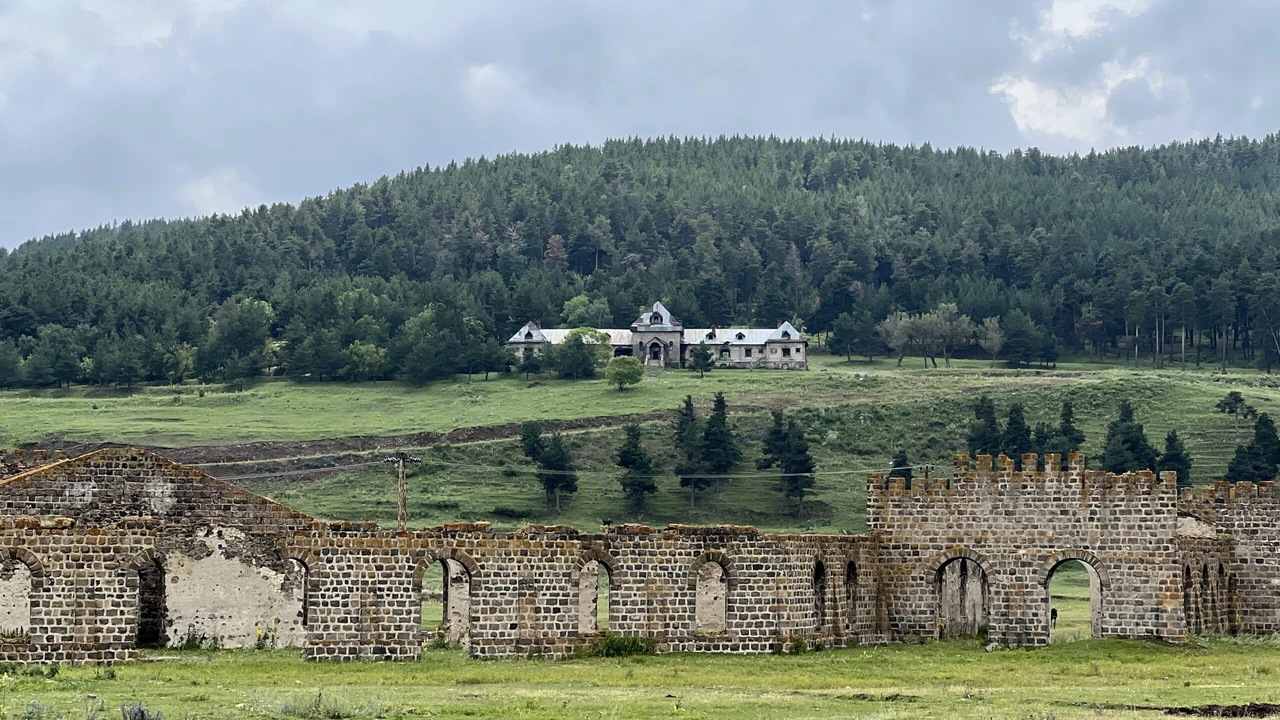 Kars, Türkiye, (Photo by News Staff)
Kars, Türkiye, (Photo by News Staff)
Kars, which once served as the capital of the Bagratid Kingdom and the South-Western Caucasus Government, is one of the 15 city centers included in Turkiye’s 2023 Tourism Strategy and Action Plan by the Ministry of Culture and Tourism. The aim of this project is to designate these city centers as “Brand Cities for Cultural Tourism Development” and support their growth.
With the establishment of Kafkas University, Kars has rapidly developed and transformed into a student city.
The airport, located six kilometers from the city center, makes Kars a transportation hub in the region. Additionally, the city is well-connected to other parts of the country through road and rail networks.
Since 2004, the city has hosted the Consulate General of Azerbaijan, reinforcing its role as Türkiye’s gateway to the Caucasus. This presence has significantly contributed to the development of diplomatic and cultural relations.
Kars, with its historical and cultural richness, natural beauty, and strategic location, is a city waiting to be discovered.
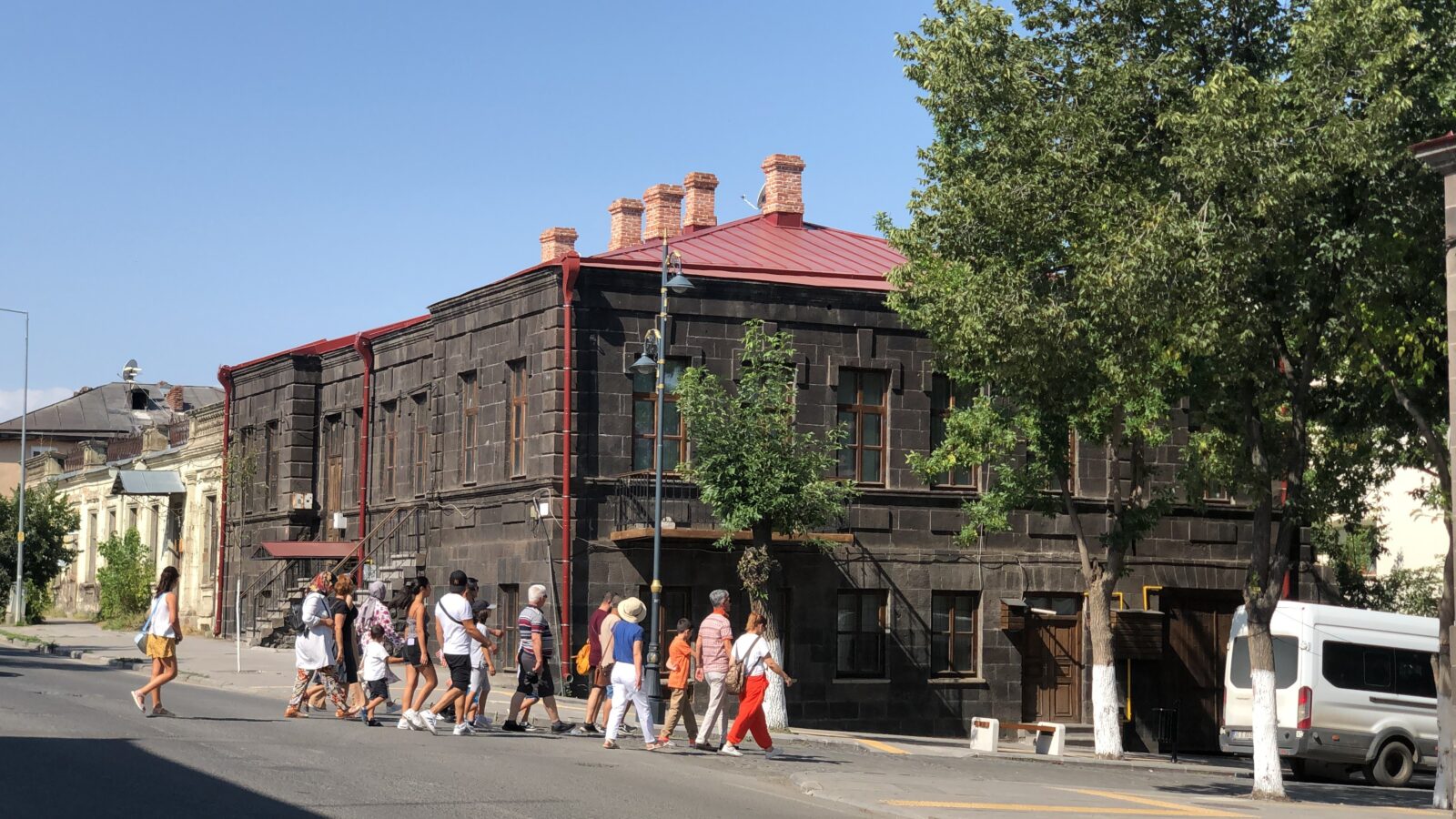
What to discover in Kars?
Kars boasts wide, grid-planned streets intersecting each other with buildings made of finely cut basalt stone in the Baltic architectural style, giving the city a historical and aesthetic touch.
In Kars, the historic buildings constructed by the Russians between 1890 and 1917 in the Baltic architectural style, using precisely cut basalt stone, are a sight to behold. These single-story, occasionally two-story, and rarely three-story structures captivate visitors with their grandeur.

The centuries-old Baltic architectural stone buildings contribute significantly to Kars tourism. The streets and avenues lined with Baltic-style buildings have become the first destination for both domestic and international tourists arriving in the city.
The five-year-long street improvement works have revitalized 32 historical buildings, transforming Haydar Aliyev Street into an open-air museum that is a must-visit.
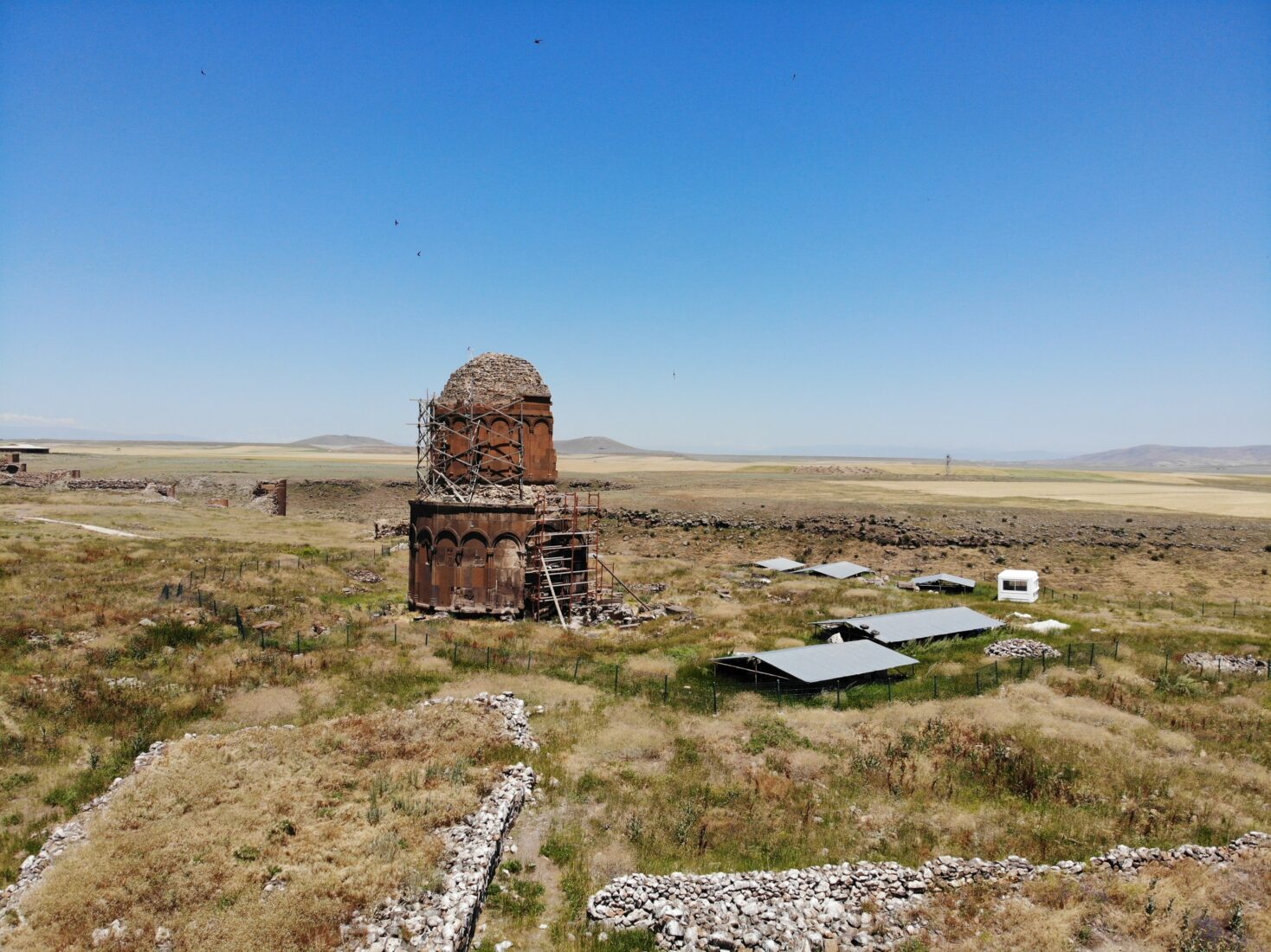
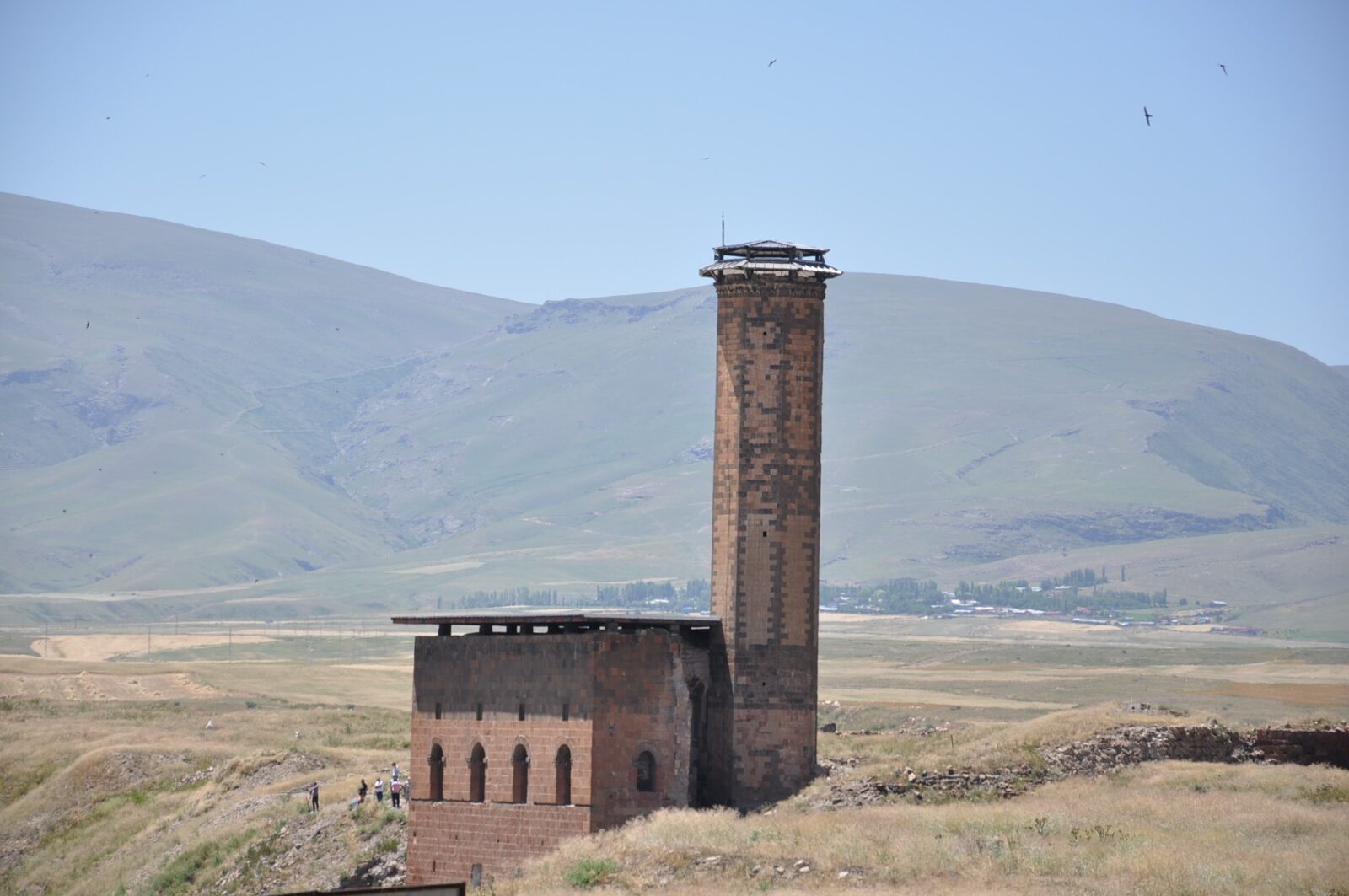

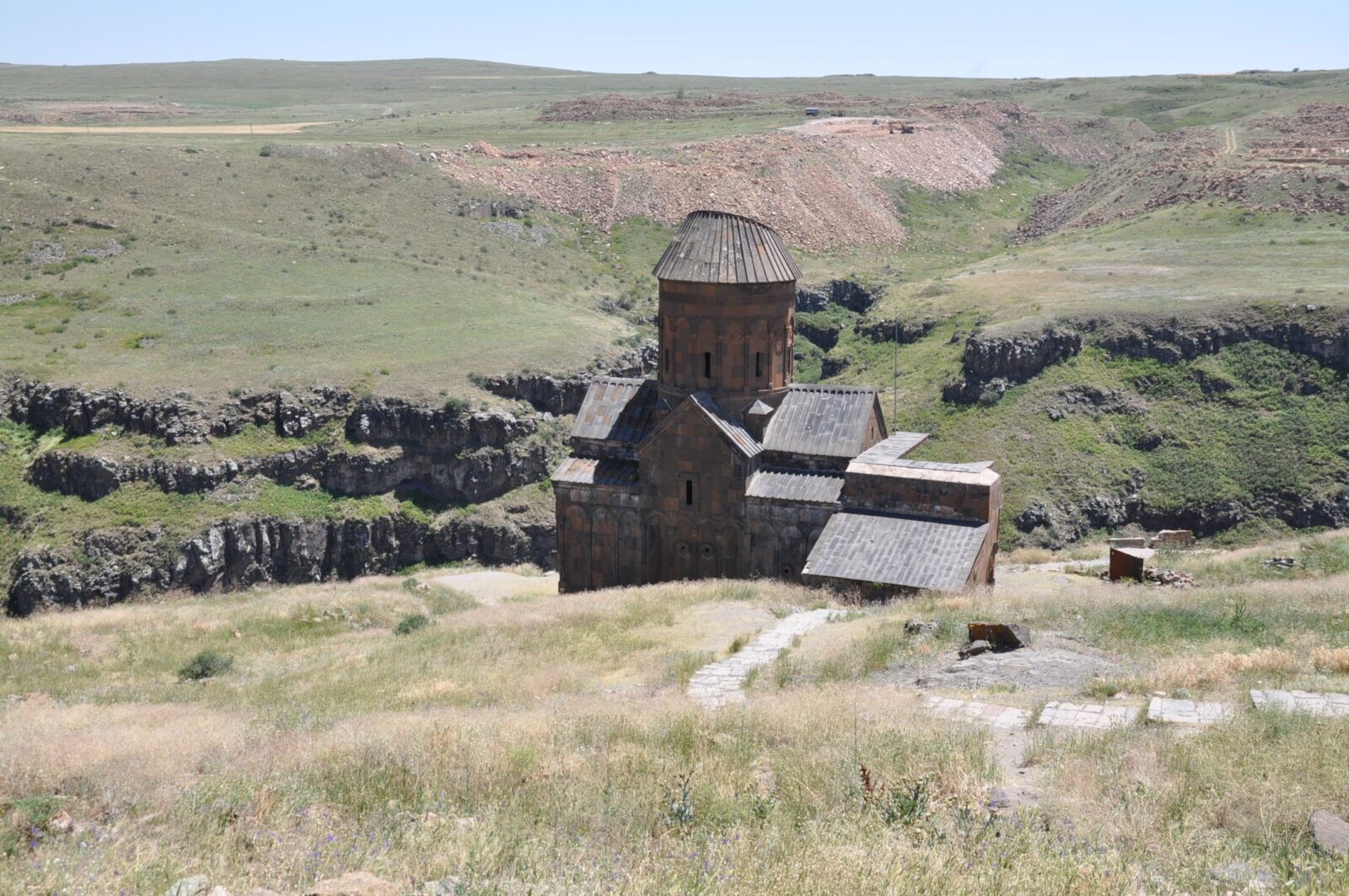
Ani Ruins: The largest archaeological site in Eastern Anatolia
Located 42 km from Kars city center, within the boundaries of Ani village, the Ani Ruins are situated on a volcanic terrain west of the Arpacay River, which forms the Turkiye-Armenia border. Ani, the largest archaeological site in Eastern Anatolia, stands out for its historical and cultural richness.
In prehistoric times, the first settlements in the area outside today’s ancient city, known as Bostanlar Valley and Harmanyeri, date back to the Chalcolithic, Early Bronze Age, and Iron Age. The settlement within the city walls began in the 4th century A.D. in the inner fortress and continued uninterrupted for a thousand years.
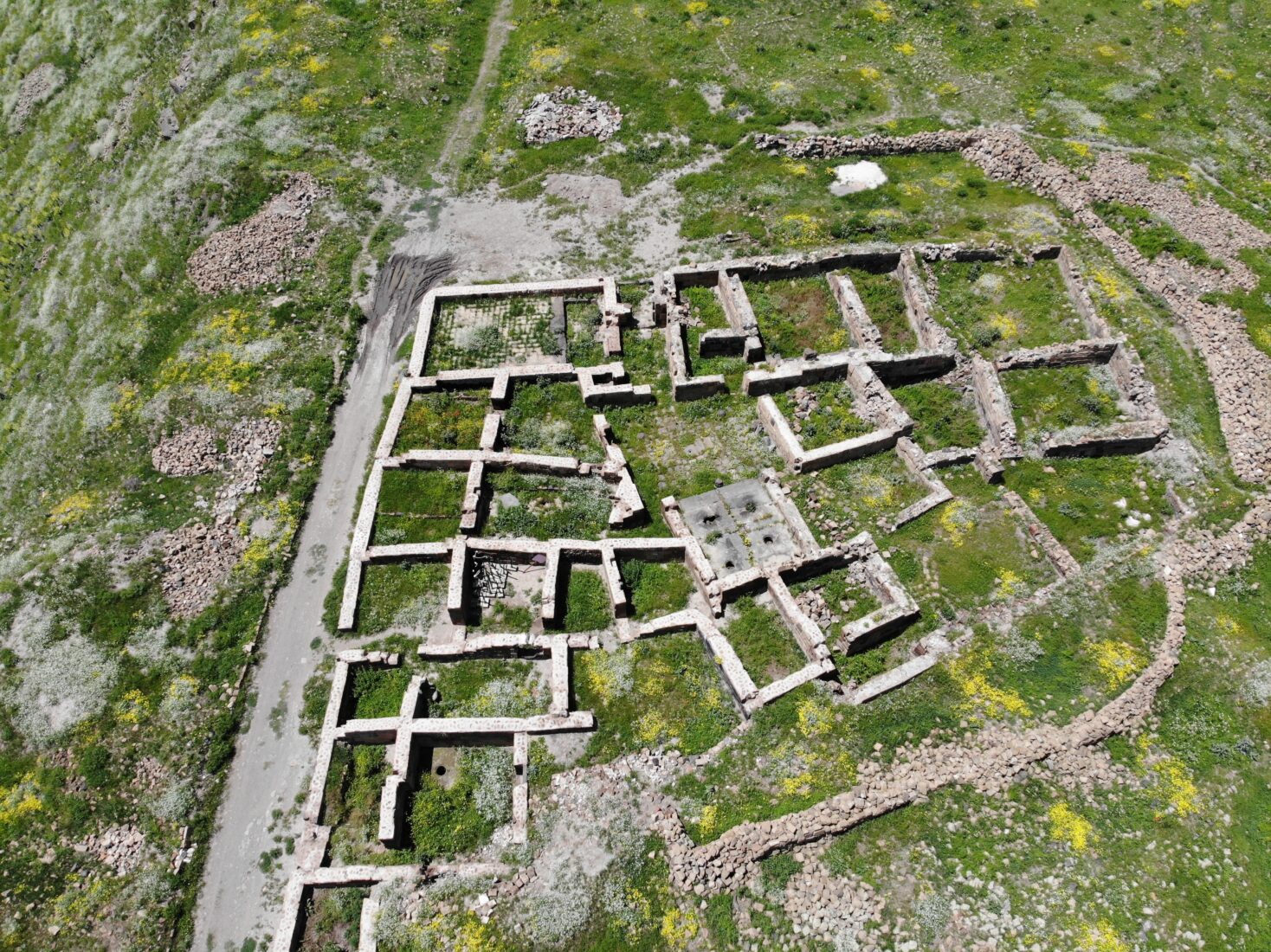
Ani, a trading city on the Silk Road, has hosted many civilizations. The 21 structures that have survived to this day (temples, churches, palaces, caravanserais, mosques, baths, mills, etc.) and the city walls surrounding the ruins are the most important architectural elements of Ani.
With the decline of Mediterranean-centric trade due to geographical discoveries in 1497, the significance of the Silk Road diminished, and the city’s population declined due to migration in the early 16th century. By the 17th century, Ani was completely abandoned.
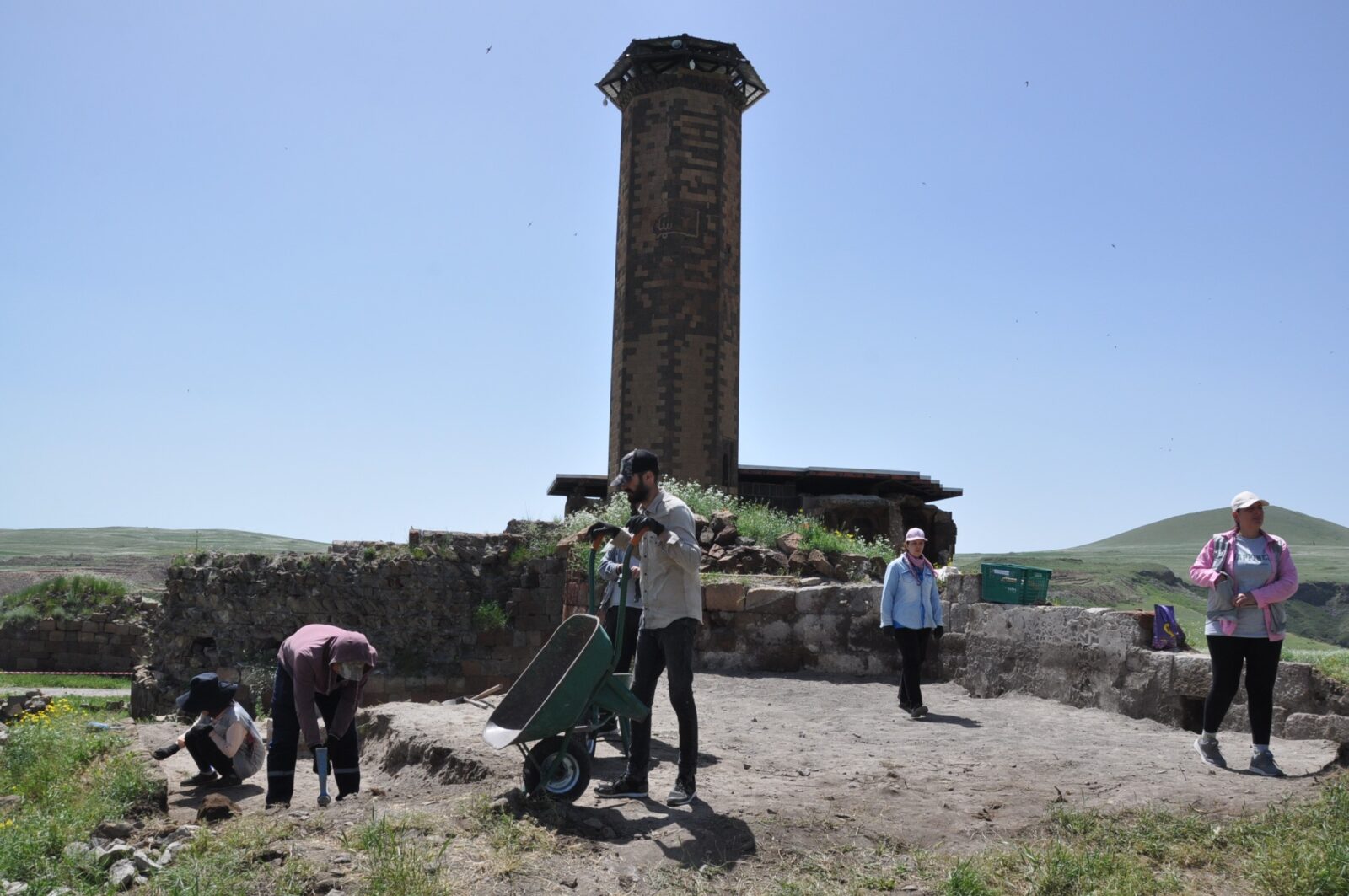
The first archaeological excavations at Ani were conducted by Georgian-born Russian archaeologist Nikolai Marr between 1892-1916. Surface surveys and trial excavations were carried out by Professor Kilic Kokten in 1940-1943, followed by excavations led by Professor Kemal Balkan in 1965-66, Professor Beyhan Karamagarali in 1989-2005, and Professor Yasar Coruhlu in 2007-2010.

Excavations continued under the leadership of Profesor Fahriye Bayram from 2014-2018 and have been ongoing with the scientific participation of Assoc. Professor Muhammet Arslan from Kars Museum and Kafkas University since 2019.
Artifacts uncovered from the excavations and exhibited in the Kars Museum include terracotta vases, metal artifacts, coins, glass artifacts, and stone objects.
Approximately 100 years of surface surveys, trial excavations, and archaeological excavations have shown that the settlement in Ani continued uninterrupted from the Chalcolithic period to the mid-New Age. Ani, a commercial city on the Silk Road entering Anatolia from the Caucasus, was a significant settlement with a population of around 20,000 during the Middle Ages. During this period, the city was surrounded by a 5 km long wall, with palaces, churches, mosques, baths, oil mills, shops, and houses.
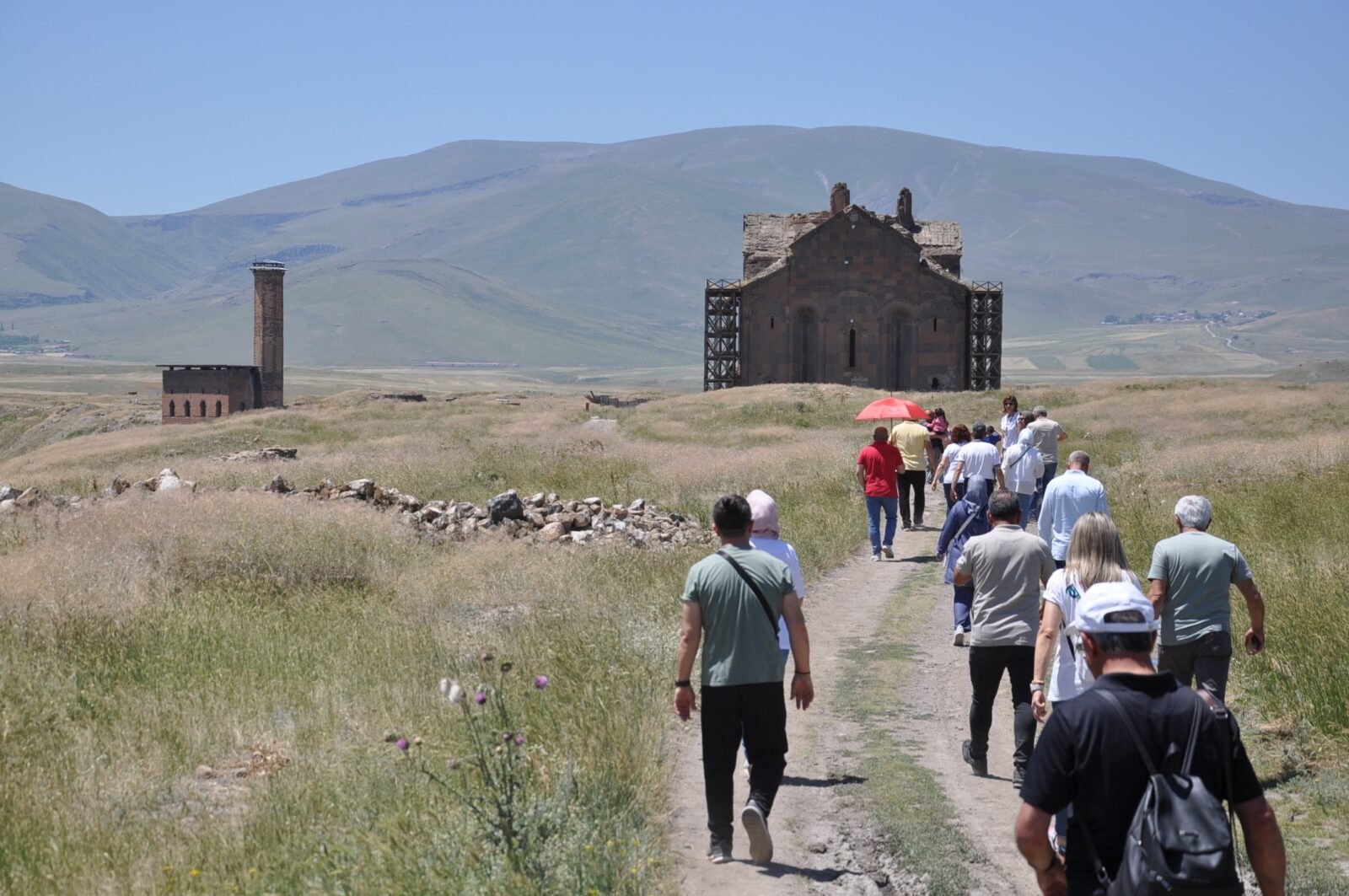
Tourism potential of Ani
The Ani Ruins were included in the UNESCO World Heritage List on July 15, 2016. With its archaeological and natural values, Ani is one of Türkiye’s most important archaeological centers open to tourism, attracting visitors for cultural tourism, faith tourism, and plateau tourism.
Ongoing scientific archaeological excavations unearthing cultural assets continue to enhance the significance of Ani.
Ani, with its architectural structures rising on a volcanic terrain and historical richness, is one of the hidden treasures of Eastern Anatolia. Exploring this fascinating ruin offers an opportunity for a journey filled with history and culture.
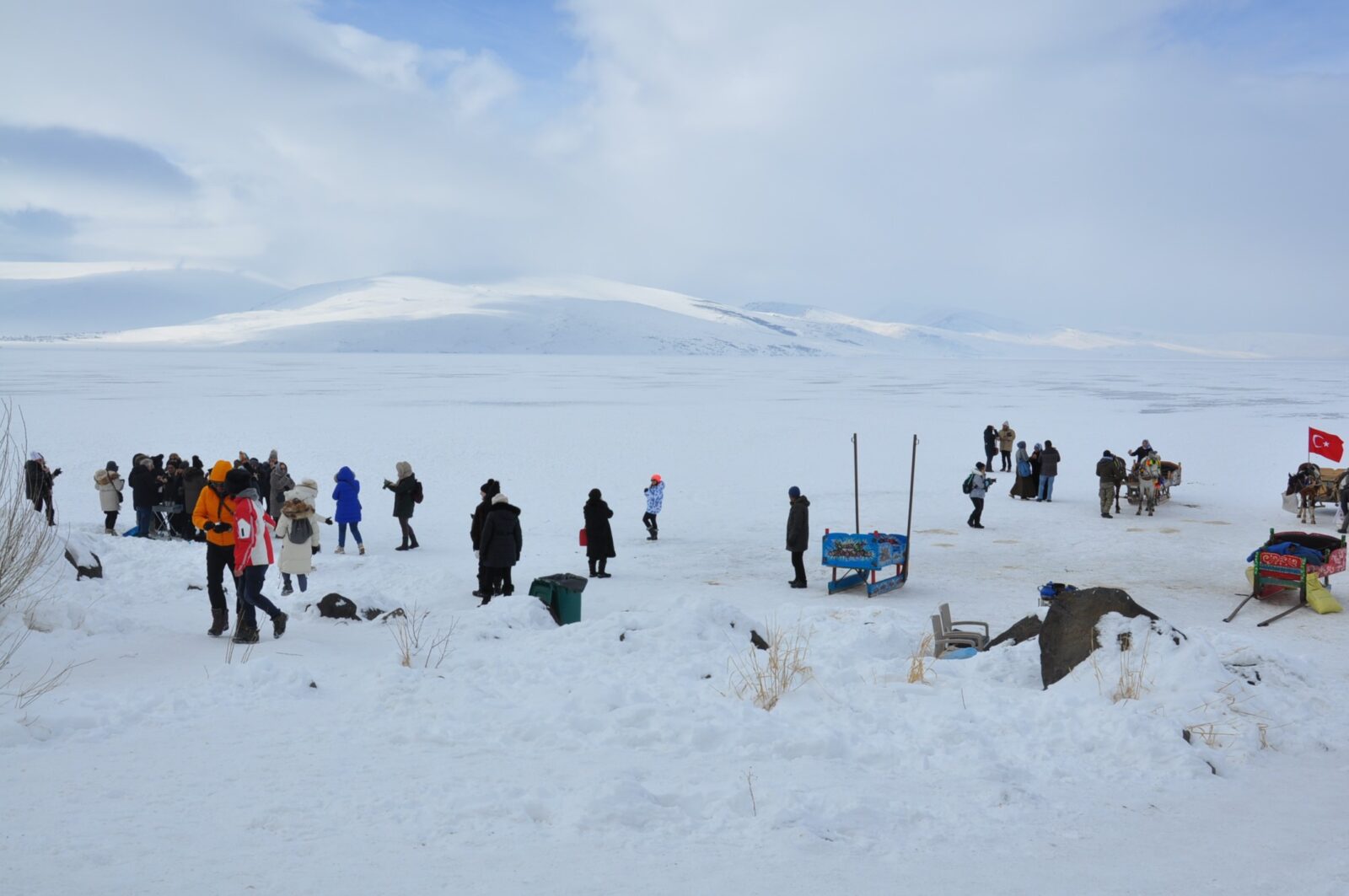
Lake Cildir
The region’s largest freshwater lake and the second-largest lake overall, Lake Cildir offers stunning visual beauty, especially with its frozen surface during winter where it turns into an entertainment, adding to its allure.
Whether arriving via the Touristic Eastern Express or through tour operators, the first place for visitors in Kars is often Lake Cildir, with its completely frozen surface.
Visitors to Lake Cildir enjoy the experience of gliding on the ice with horse-drawn sleds and also sample the famous yellow fish of Cildir.

Sarikamis Ski Center
Sarikamis Ski Center, known for its natural slopes, is an ideal destination for skiing enthusiasts, making it one of the main attractions for winter tourism and winter sports.
Among the yellow pine trees, Sarikamis Ski Center offers an unforgettable experience for skiers on its crystal-clear snow slopes, providing memorable moments for those who take to the slopes.

Kars Cheese Museum
Located in the historical Suvari Tabyasi, the Kars Cheese Museum is the world’s largest cheese museum, showcasing sections that tell the story of cheese-making, life on the plateaus, and exhibits of milk-filled churns.
In the museum where endemic flowers that give flavor to many types of cheese produced in Kars are also introduced, there are sections such as the gruyere production, cheese hall, video room, replica of Kars Train Station, Kars vegetation, Ankara Gazi Train Station, Kars houses, chef, and workshop areas.

The museum, where the making of gruyere cheese is illustrated with animations, also features scenes from the production of some cheeses unique to Kars. The replica gruyere cheeses placed at the entrance of the Cheese Museum attract the attention of visitors.
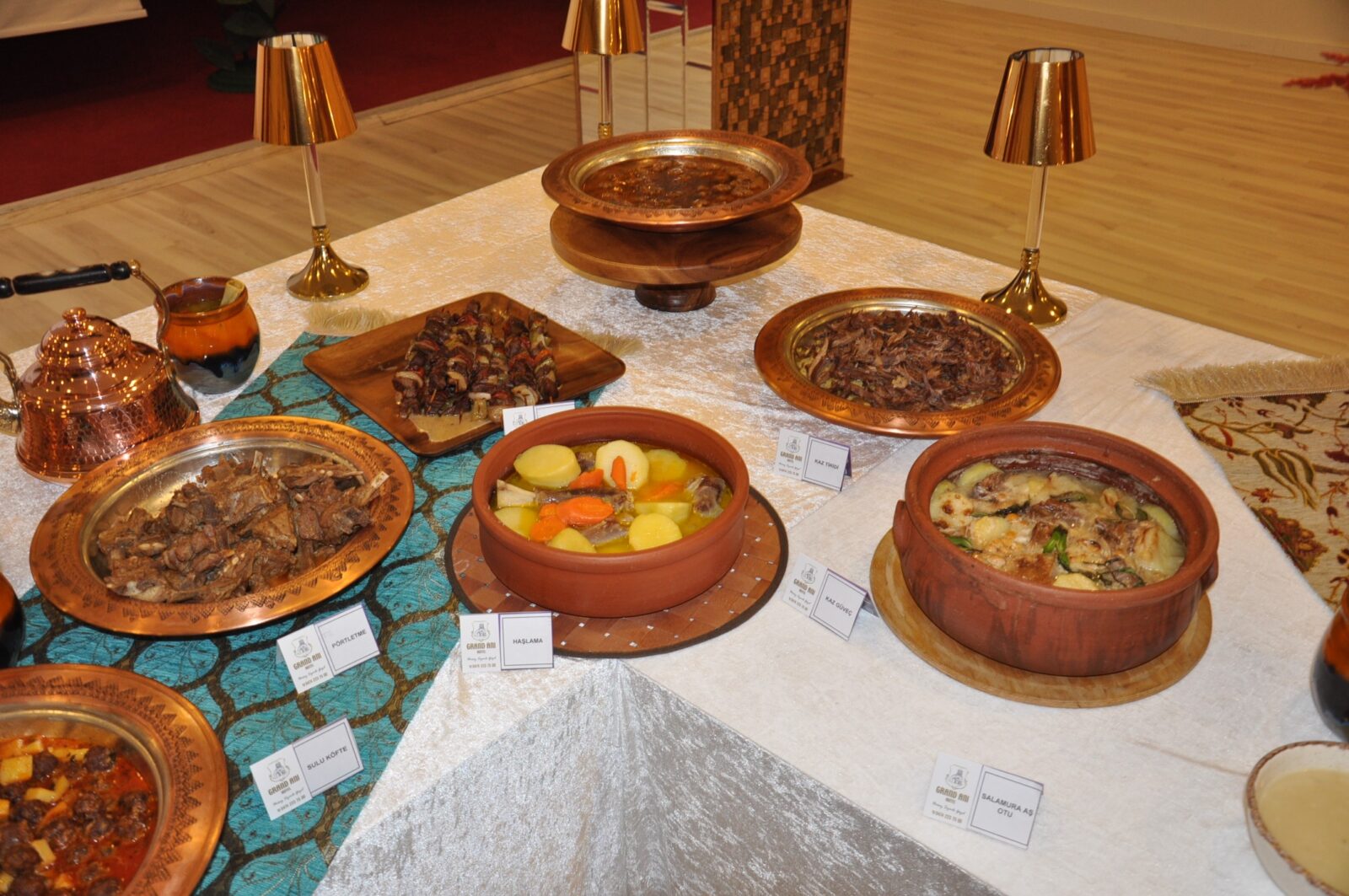
Local delicacies
Kars is known for its unique flavors, including Kars gruyere cheese, chechil cheese, goose meat, honey, butter, piti (a meat stew), and especially the extraordinary halva made with milk, eggs, and flour.

Caucasian Front War History Museum
The Caucasian Front War History Museum offers an immersive experience for history enthusiasts, featuring historical documents and interactive displays depicting daily life during the wartime conditions of soldiers on the Caucasian Front.
Caucasian Front War History Museum is the first stop for both domestic and international tourists visiting Kars. In the first three months of 2024, the museum welcomed 26,000 visitors.

The museum, known among the locals as “Bloody Battery,” commemorates the fierce battle on July 5, 1828, during the Ottoman-Russian War, where Russian forces under General Paskeviç carried out a night raid. Despite the fierce hand-to-hand combat, a battalion of soldiers did not surrender and fell as martyrs. The Caucasian Front War History Museum is one of only three interactive museums in Türkiye.
Where to stay in Kars?
Accommodation options in Kars include hotels with black basalt stone structures. For a unique stay, the 130-year-old building of Hotel Cheltikov offers a memorable experience, providing warm hospitality throughout a three-day trip.

For an authentic village experience amidst nature, “Dogu’nun Tas Evleri” offers a peaceful holiday.
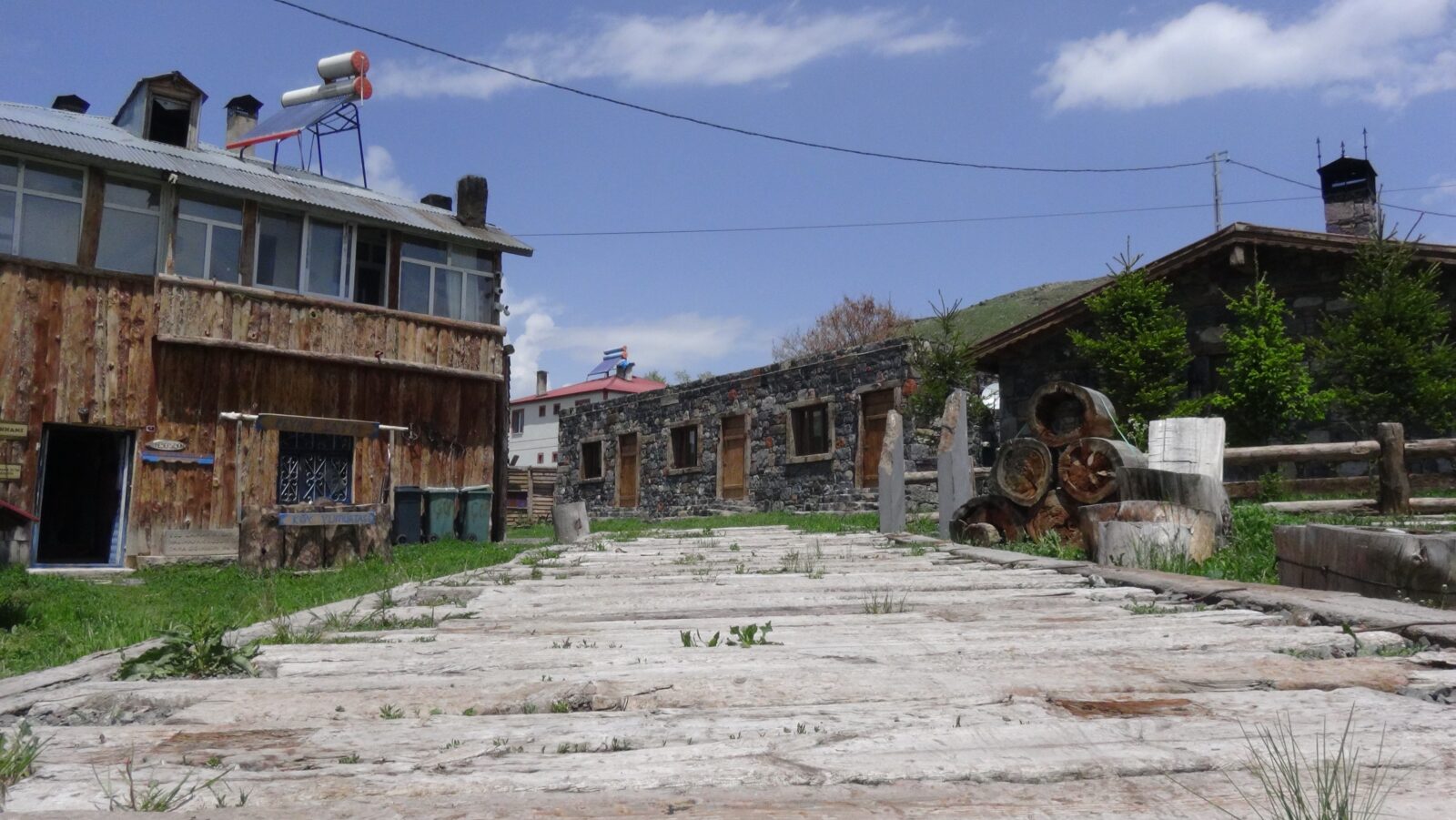
The first private open-air museum in the Eastern Anatolia Region, located in Kars, enchants its visitors. The museum features 200-year-old agricultural tools, and the five stone houses on the site, offers visitors the opportunity to stay in a village environment.
Approved by the Ministry of Culture and Tourism’s General Directorate of Cultural Assets and Museums under letter number 4565487 dated December 22, 2023, the open-air museum has given new momentum to tourism in Kars.
Kars, one of Anatolia’s most surprising cities, is worth discovering and experiencing. There is much to do and many reasons to support this city.



